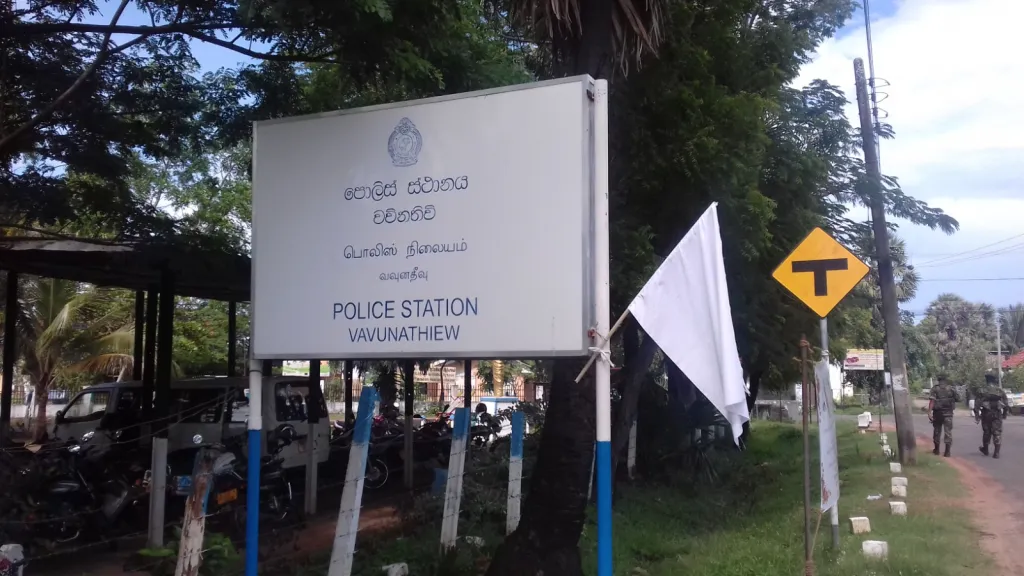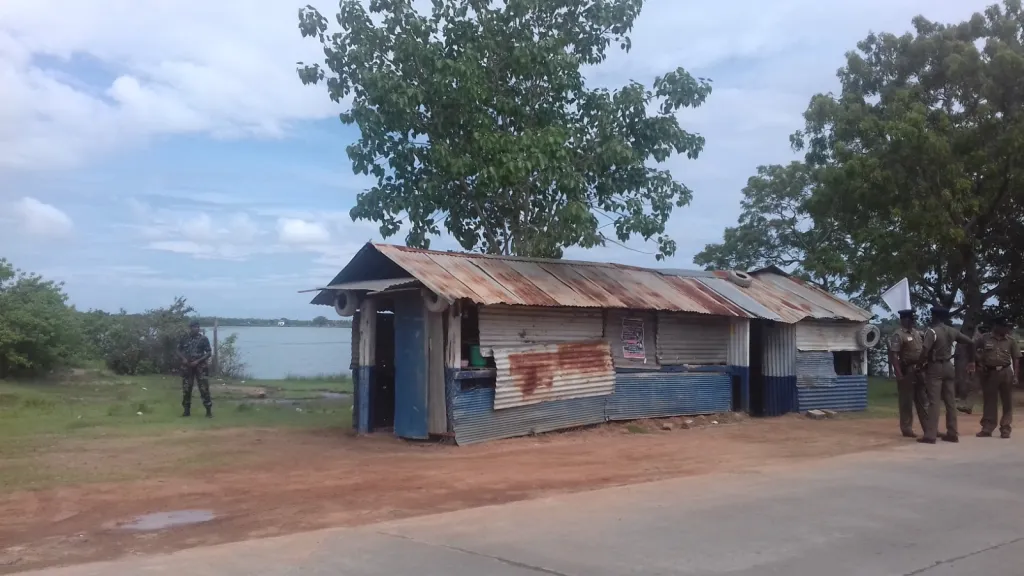The Criminal Investigation Department (CID) has uncovered substantial evidence suggesting that the State Intelligence Service (SIS) attempted to cover up the activities of the National Thowheed Jamath (NTJ), including its leader Zaharan Hashim, prior to the Easter Sunday terrorist attacks.
In a startling development, a police sergeant attached to the SIS has been arrested for fabricating a narrative that linked the attack on police officers in Vavuniya to the Tamil Liberation Tigers of Tamil Eelam (LTTE). The intent, according to investigators, was to divert public and institutional attention from the actual perpetrators.
The fabricated story centered around a former LTTE member named Ajanthan alias Kadirathambi. The sergeant allegedly provided false intelligence implicating Ajanthan in a bombing investigation, misleading authorities. Initially, the sergeant claimed to have received this information via WhatsApp, but later contradicted himself by stating it had come through Imo. These discrepancies, revealed during questioning, further deepened suspicions regarding the SIS’s conduct.

The sergeant is currently remanded following a month-long detention order. He admitted to planting false information about a suspicious jacket, which eventually played a central role in implicating Ajanthan. CID officers, acting on tips allegedly orchestrated by SIS, recovered the jacket under a bridge—though it was actually hidden inside a bag.
SIS Chief Nilantha Jayawardena had prior knowledge of the jacket’s contents, raising questions about manipulation of evidence. Sniffer dogs later traced the jacket back to Ajanthan’s residence, adding weight to the fabricated LTTE narrative. Military intelligence subsequently endorsed the false link to LTTE resurgence, despite emerging evidence pointing to the involvement of Zaharan’s NTJ network.
This pattern of misinformation dates back to October 26, 2018, when an unconstitutional cabinet was allegedly formed through a conspiracy between Maithripala Sirisena and Mahinda Rajapaksa. The subsequent unlawful dissolution of Parliament led to widespread political unrest. Just 52 days after this government’s formation, on November 30, an attack in Vavuniya killed two police officers—W.G.L.I. Prasanna of Udugama, Galle, and G. Dinesh of Kalmunai, Ampara. The incident was quickly branded an LTTE resurgence, although later evidence suggested otherwise.
Tensions escalated when a majority of Parliament—120 MPs—petitioned the Court of Appeal challenging the legitimacy of the new government. Amid parliamentary chaos, including threats and disorder during a no-confidence motion, fears of national security collapse were fueled by a media briefing from Namal Kumara, a figure linked to intelligence services. His claim of an assassination plot targeting Sirisena and Gotabaya Rajapaksa played a role in shaping political dynamics that enabled government change.
The subsequent LTTE “threat” was further amplified through the arrest of Ajanthan and discovery of the planted jacket. However, investigations have now revealed that the actual perpetrators were members of the NTJ, operating with support from within the intelligence establishment. The manipulation of public perception and falsification of evidence appear to have served political ends.
(This article is based on a video investigation by Tharindu Jayawardena. All story rights and photographs are credited to Jayawardena.)
